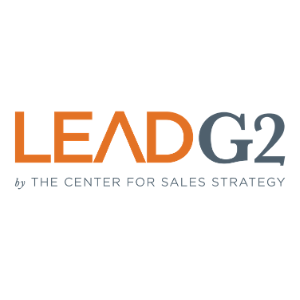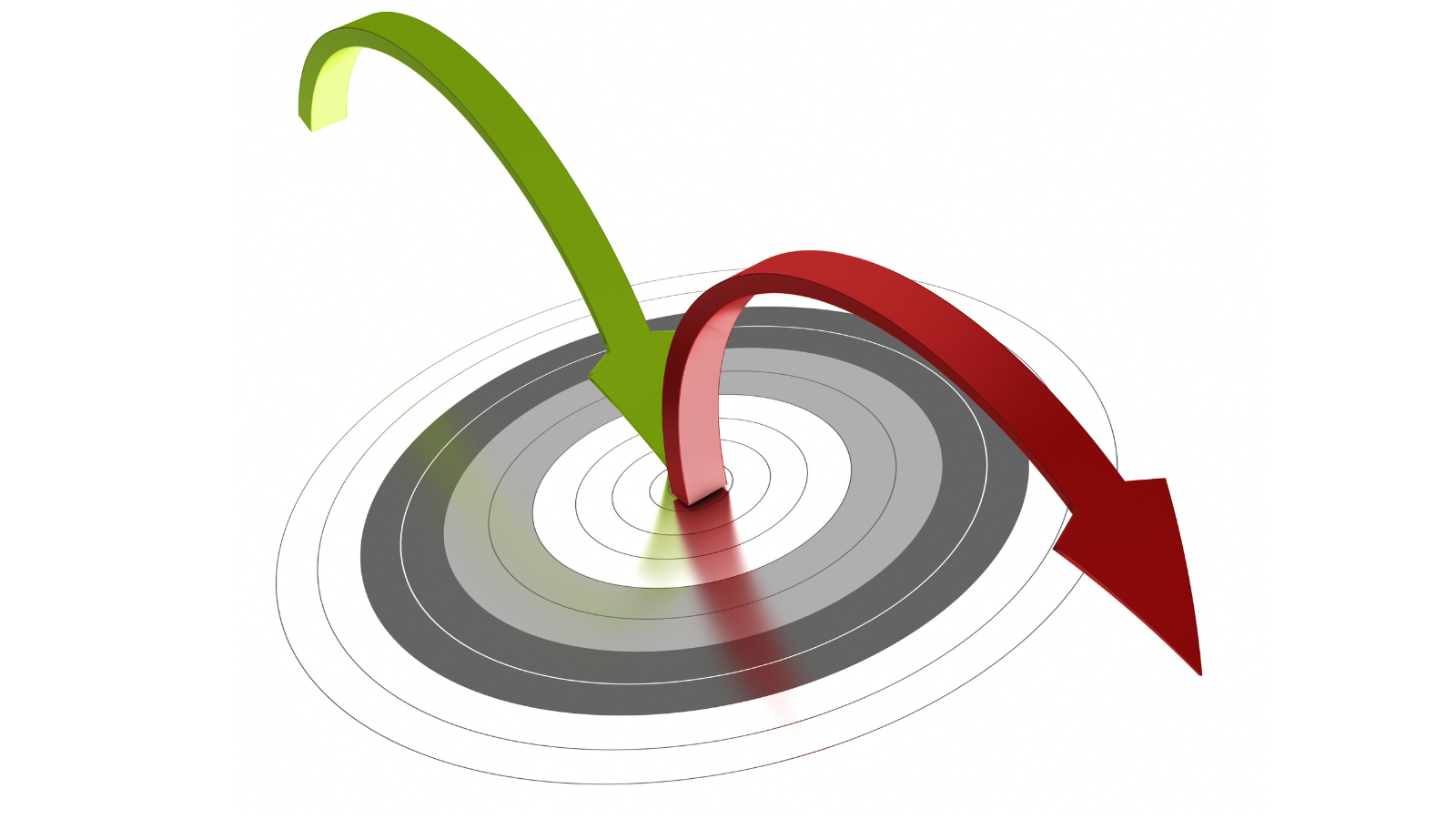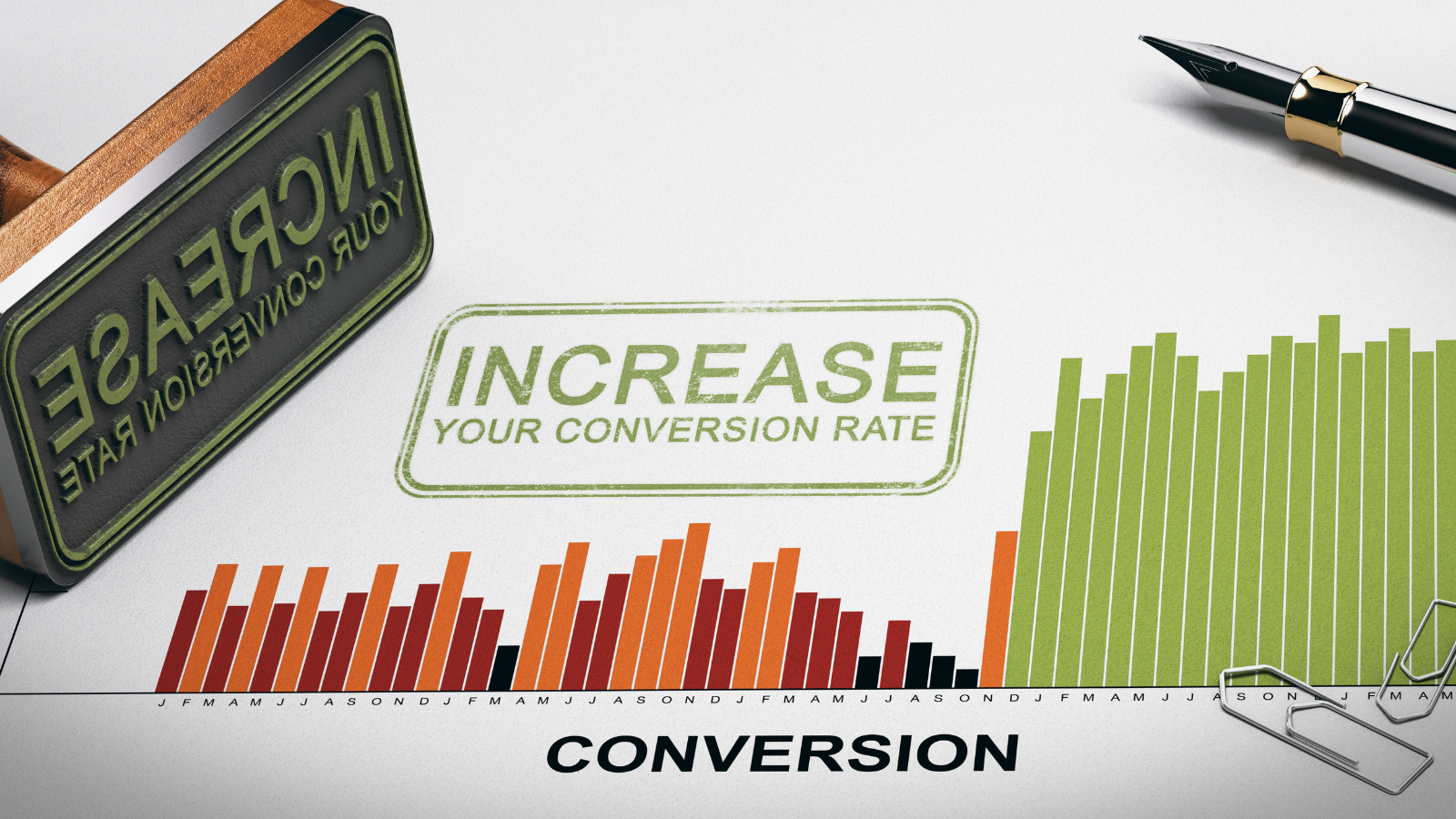Top Questions to Ask Yourself When Encountering High Bounce Rates
So, you did the research, put in the time, conjured up your inner wordsmith, and created another awesome, helpful blog post. That’s amazing. Only...
1 min read
 LeadG2
:
February 28, 2022
LeadG2
:
February 28, 2022

Marketing analytics can be overwhelming enough without having to translate the different terms included in your marketing reports. Understanding the terminology can be essential to ensure you understand the results of your marketing efforts.
After looking over your marketing analytics, do you feel like you leave with more questions? You are not alone — our team of consultants is regularly asked to explain the difference between a bounce rate and an exit rate and explain why the bounce rate matters.
 What is an Exit Rate?
What is an Exit Rate?According to Chron, exit percentage or exit rate tells you how many people leave your site from a particular page. Every visitor that comes to your site eventually leaves it in one way or another.
This statistic tells you which pages they are leaving from. To calculate the exit rate, Analytics looks at the total number of exits from each page in relation to the total number of page views for that particular page. It then divides the exits by the page views and calculates the percentage.
According to HubSpot, your website's bounce rate is the percentage of people who land on a page on your website, then leave. They don't click on anything else. They just get to one of your pages, hang out for a bit, then leave.
For more interesting insights, check out these helpful resources: Google Analytics, Outbrain, and Bounce Rate Vs. Exit Rate: 7 Things You Need To Know.
In our blog post, 8 Key Content Marketing Metrics to Start Tracking Today we discuss the bounce rate and why it is an important marketing metric to track.
“Measuring your bounce rate will give you a good indication of how your visitors are resonating with your content. Your bounce rate is the percentage of site visitors who leave after visiting one page. Google Analytics registers a bounce when a visitor clicks the back button, closes the browser, types in another URL, clicks an external link or does not click to another page for 30 min.”
Set realistic bounce rates for your industry and the content.
Perform an SEO audit and explore what’s trending.
Consider the user experience.
For more ideas and helpful tips, check out a few other resources here and here.
*Editor's Note: This blog was originally written in 2019 and has since been updated.

So, you did the research, put in the time, conjured up your inner wordsmith, and created another awesome, helpful blog post. That’s amazing. Only...

LeadG2's Weekly Roundup features some of the top sales and marketing blog posts, articles, and resources we've recently found online. We've...

Put simply, today's marketing teams tend to have one primary focus — driving traffic toward their websites in hopes that it converts into qualified...